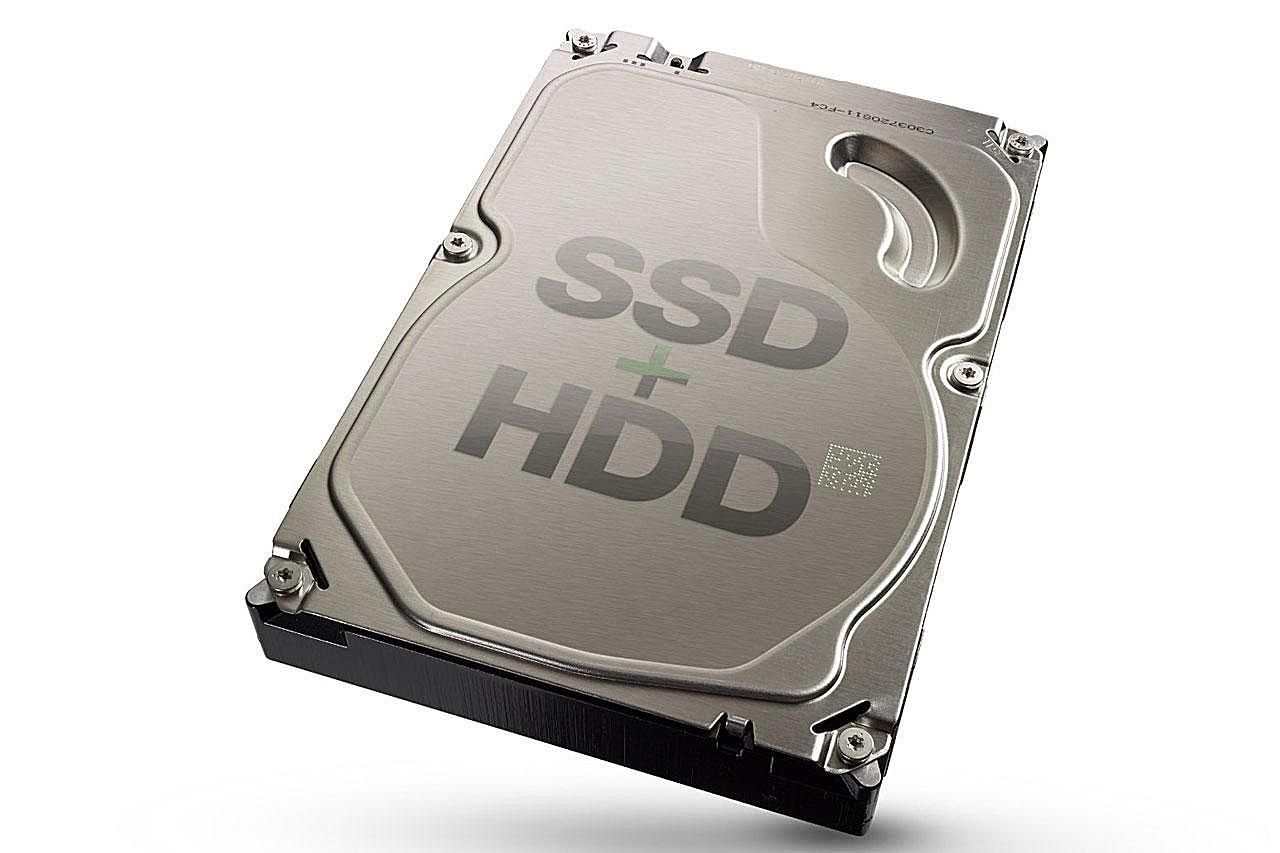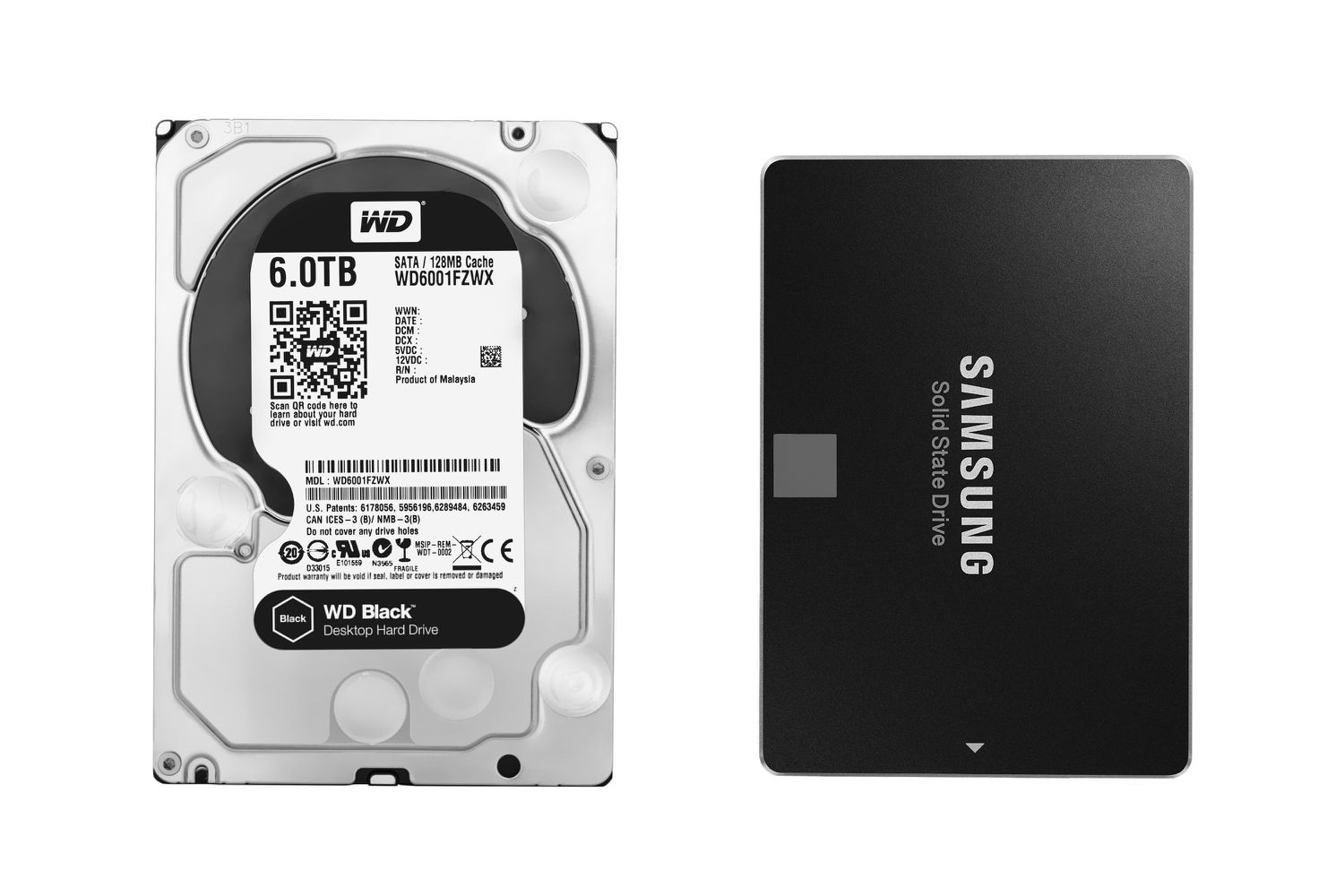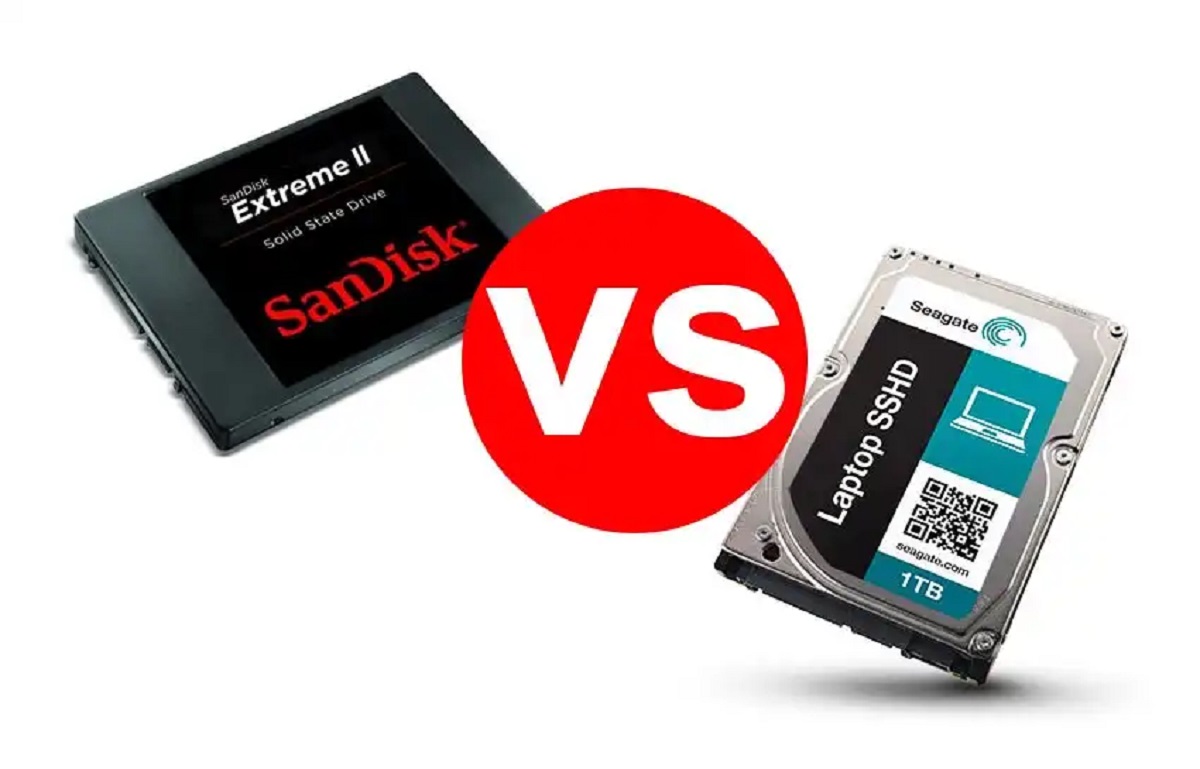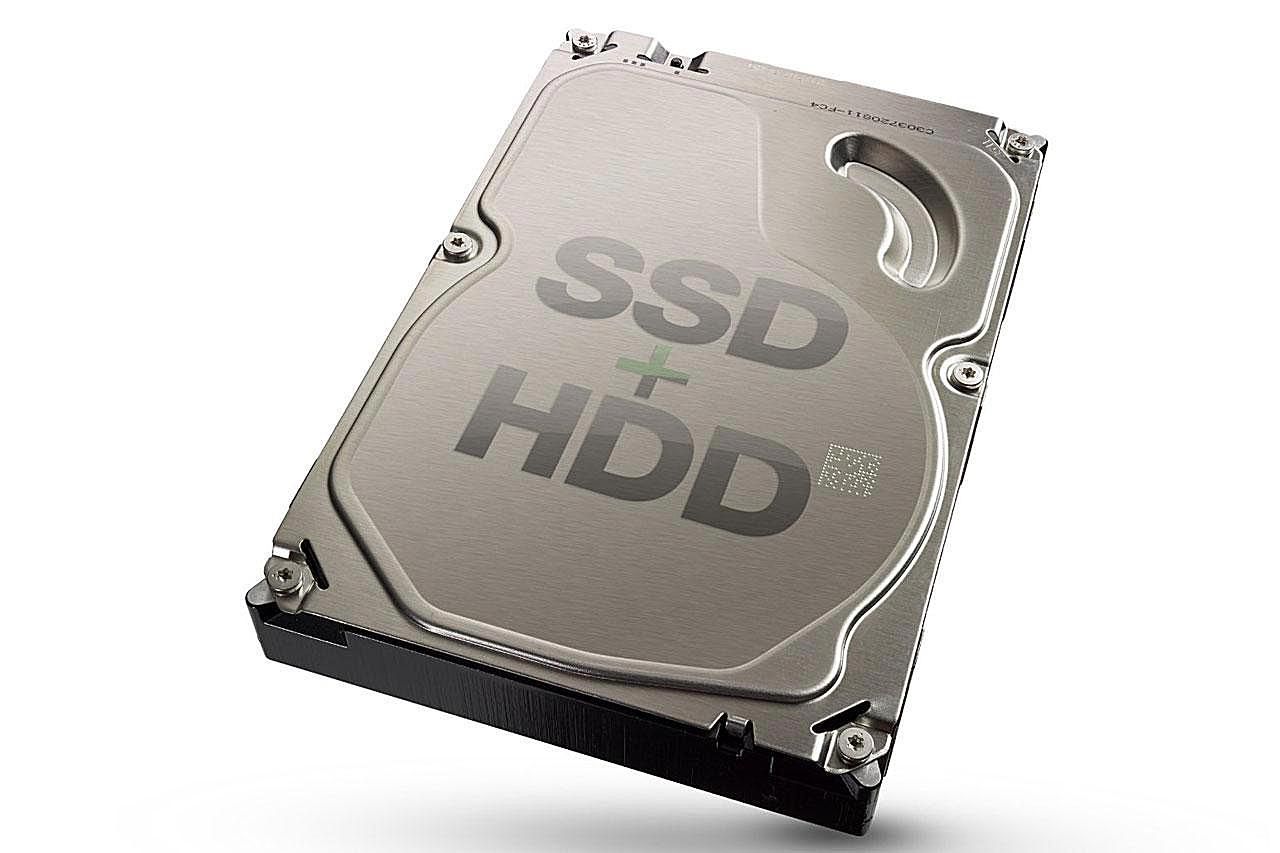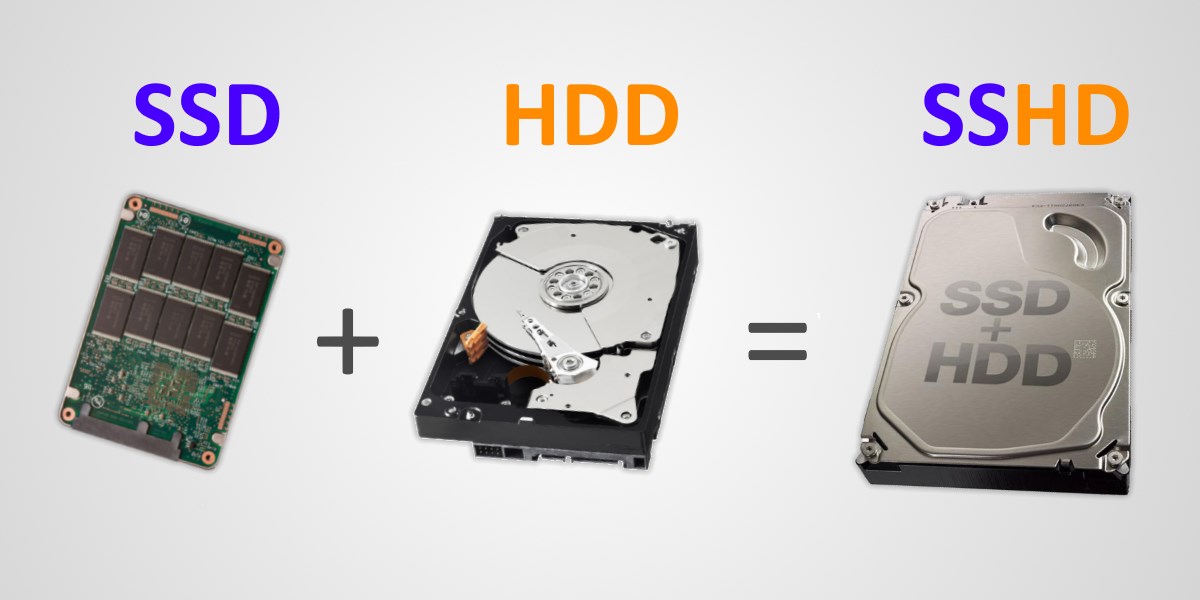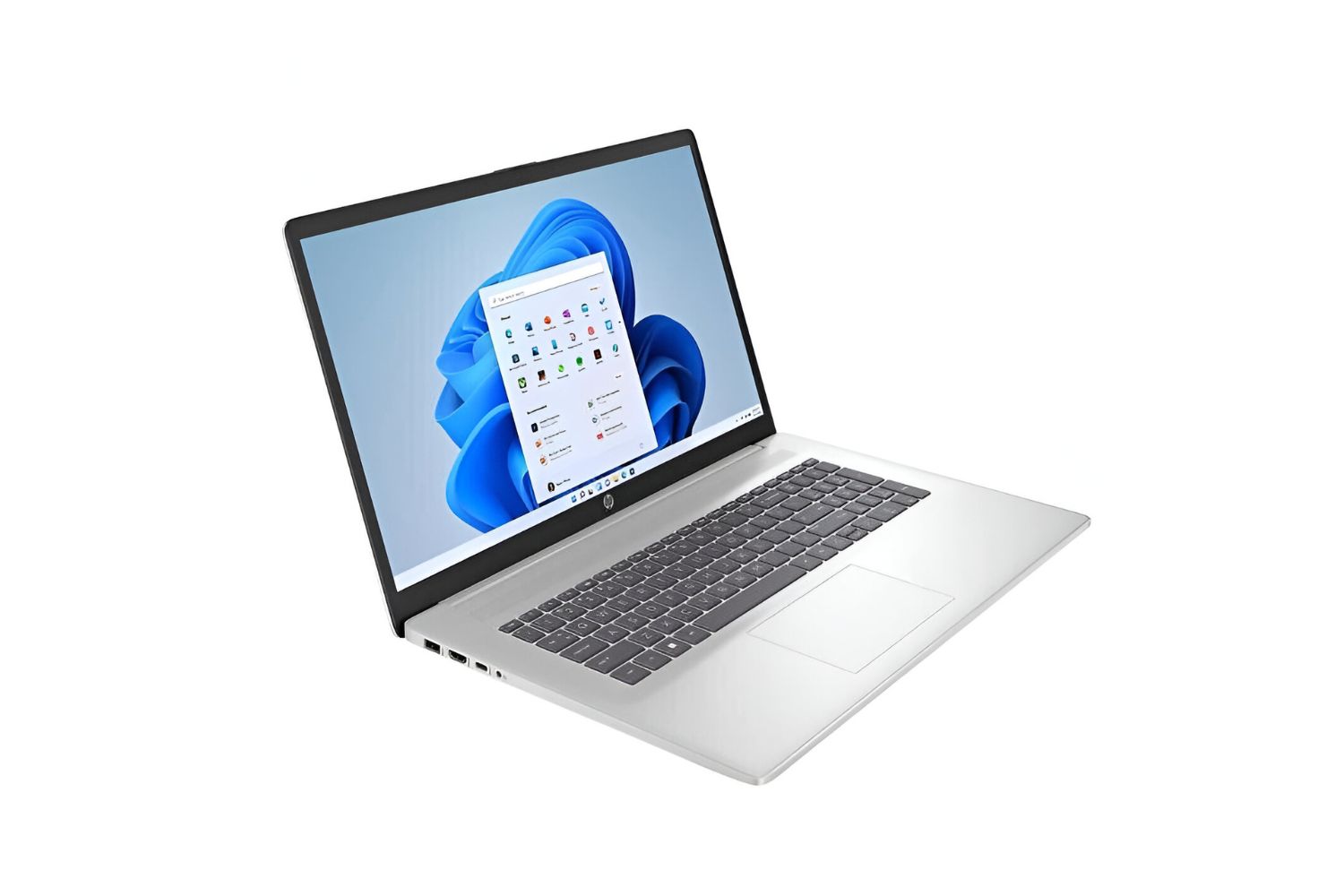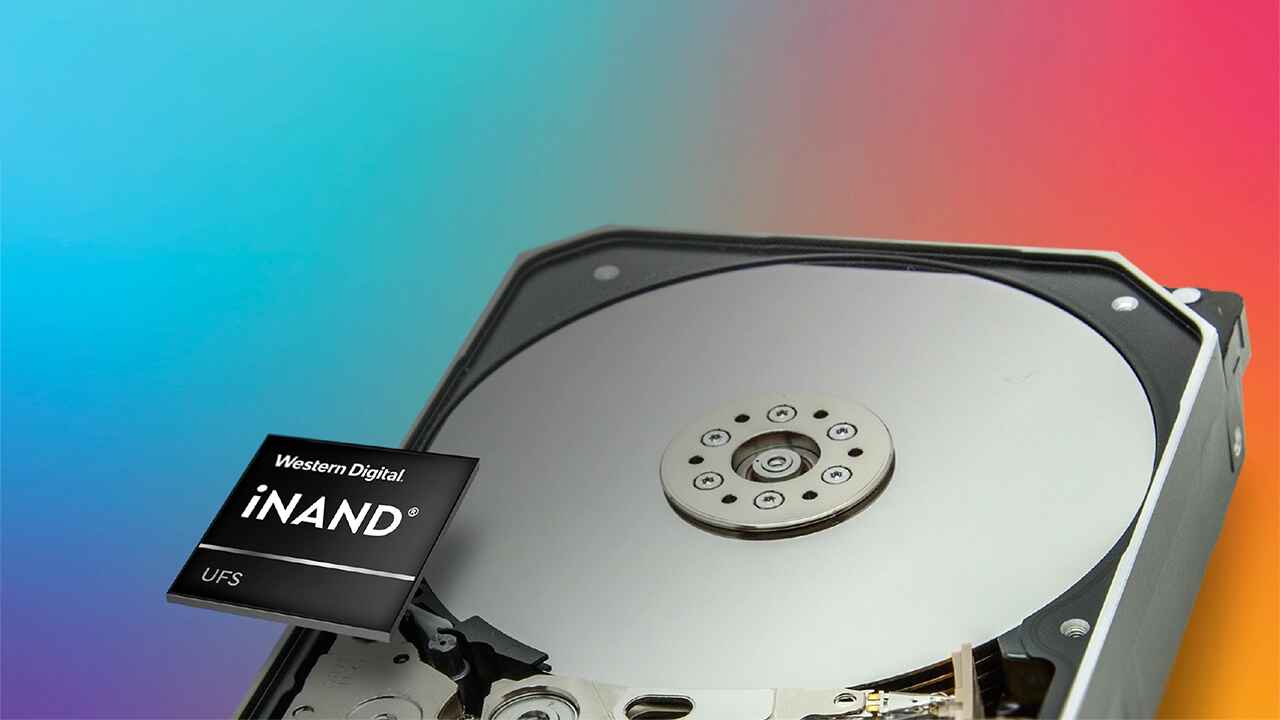Overview
A hybrid SSD (Solid State Drive) is a storage device that combines the benefits of both SSDs and HDDs. It is designed to provide the faster performance of an SSD and the large storage capacity of an HDD. With a hybrid SSD, users can enjoy speedy data access and ample storage space, making it an attractive option for those looking to balance speed and capacity.
Before diving into the details of a hybrid SSD, let’s first understand what SSDs and HDDs are and how they differ.
What is a SSD (Solid State Drive)?
An SSD is a type of storage device that uses flash memory to store data. Unlike traditional HDDs, which have moving mechanical parts, SSDs have no moving parts. This means that SSDs offer faster data access times, lower power consumption, and increased durability. They are ideal for tasks that require fast read and write speeds, such as booting up your computer, launching applications, and accessing files quickly.
What is a Hard Disk Drive (HDD)?
An HDD, on the other hand, is a storage device that uses magnetic spinning disks to read and write data. It has been the standard storage solution for decades, mainly due to its large storage capacity and affordability. However, HDDs are slower compared to SSDs, as the mechanical parts take time to move and position the reading or writing head. They are commonly used for storing large files, such as videos, photos, and documents.
What is a Hybrid SSD?
A hybrid SSD, also known as a solid-state hybrid drive (SSHD), combines the best of both worlds by incorporating SSD and HDD technologies into a single device. It consists of a traditional HDD with an additional SSD cache memory. The SSD cache acts as a temporary storage area, storing frequently accessed data for quick retrieval, while the larger HDD serves as the main storage medium.
What is a SSD (Solid State Drive)?
A Solid State Drive (SSD) is a modern type of storage device that uses flash memory to store data. Unlike traditional Hard Disk Drives (HDDs), which rely on spinning disks and mechanical parts to read and write data, SSDs have no moving parts. Instead, they use integrated circuits to store data electronically.
SSDs offer several benefits over HDDs, the most notable being speed. Because there are no moving parts involved, SSDs are incredibly fast when it comes to accessing data. This means that tasks like booting up your computer, launching applications, and transferring files can be done in a fraction of the time compared to an HDD.
Another advantage of SSDs is their durability. With no mechanical components, there is no risk of the drive being damaged by shock or vibrations. This makes SSDs ideal for portable devices like laptops, as they can withstand the rigors of daily use and transportation without compromising performance.
SSDs also consume less power compared to HDDs. The absence of moving parts means that less energy is required to operate the drive, resulting in improved battery life for laptops and lower electricity bills for desktop computers.
One important consideration when it comes to SSDs is their limited lifespan. Each SSD has a finite number of write cycles, which means that over time, the drive’s performance may degrade. However, modern SSDs have advanced wear-leveling algorithms that distribute data evenly across the drive, mitigating this issue and ensuring a longer lifespan.
In terms of form factor, SSDs are available in various sizes to suit different devices. They come in the standard 2.5-inch form factor, which is compatible with most laptops and desktops. There are also smaller form factors, such as M.2 and PCIe, which are commonly used in ultrabooks and high-performance desktops.
Overall, SSDs provide a significant performance boost over traditional HDDs. Their fast read and write speeds, durability, and power efficiency make them a popular choice for both casual users and professionals looking to improve their computer’s performance.
What is a Hard Disk Drive (HDD)?
A Hard Disk Drive (HDD) is a traditional storage device that has been in use for decades. It consists of one or more rotating disks coated with a magnetic material and a mechanical arm that reads and writes data onto the disks.
HDDs offer large storage capacities at a relatively affordable price, making them a popular choice for storing a vast amount of data. They are commonly used in desktop computers, servers, and external storage devices.
One of the key characteristics of HDDs is their rotating disks, also known as platters, which store the data magnetically. The mechanical arm, called the read/write head, moves across the surface of the platters to access the data. This mechanical movement is what causes the delay in data retrieval, resulting in slower performance compared to SSDs.
HDDs come in different form factors, with the most common being the 3.5-inch and 2.5-inch sizes. The larger 3.5-inch drives are typically used in desktop computers, while the smaller 2.5-inch drives are commonly found in laptops and portable storage devices.
While HDDs excel in capacity and affordability, they have several drawbacks. The first is their slower performance compared to SSDs. As the read/write head needs to physically move to access data on the rotating disks, it takes more time for the drive to respond to read and write requests.
Another drawback is their susceptibility to mechanical failure. Since HDDs have moving parts, they are more vulnerable to damage from drops, vibrations, and other physical shocks. A sudden impact can cause the read/write head to crash into the disk surface, resulting in data loss or a complete drive failure.
Furthermore, HDDs consume more power compared to SSDs. The mechanical components and continuous rotation of the disks require more energy, resulting in decreased battery life for laptops and higher electricity usage for desktop computers.
Despite these limitations, HDDs continue to be widely used due to their cost-effectiveness and high storage capacity. They are particularly useful when large amounts of data need to be stored, such as in backup servers, multimedia libraries, and archival systems.
In summary, a Hard Disk Drive (HDD) is a traditional storage device that relies on rotating disks and mechanical arms to read and write data. While they offer large storage capacities at an affordable price, HDDs come with slower performance, higher susceptibility to mechanical failure, and increased power consumption compared to Solid State Drives (SSDs).
What is a Hybrid SSD?
A Hybrid SSD (Solid State Drive), also known as a solid-state hybrid drive (SSHD), is a storage device that combines the features of both SSDs and HDDs. It is designed to provide the best of both worlds by offering the fast performance of an SSD along with the large storage capacity of an HDD.
The concept behind a hybrid SSD is to leverage the strengths of each technology to optimize the overall storage solution. The drive consists of a traditional HDD with an integrated SSD cache. The SSD cache acts as a high-speed buffer, storing frequently accessed data for quicker retrieval, while the majority of the data is stored on the HDD.
The SSD cache acts as a bridge between the slower HDD and the faster SSD. It dynamically identifies and stores frequently accessed files, programs, or other data in the cache based on the user’s usage patterns. This means that as you access the same files repeatedly, they will be fetched from the SSD cache, resulting in improved performance and faster response times.
A hybrid SSD intelligently manages data placement, ensuring that the most frequently used files are stored in the cache for quick access. While the SSD cache is usually smaller in size compared to standalone SSDs, it still provides a significant performance boost over traditional HDDs.
One of the advantages of a hybrid SSD is its cost-effectiveness. Pure SSDs can be quite expensive, especially at higher storage capacities, while hybrid SSDs provide a more budget-friendly solution with a balance between performance and capacity.
Another benefit is the increased storage capacity compared to standalone SSDs. With a hybrid SSD, you can enjoy the speed benefits of the SSD cache while still having ample space on the larger HDD for storing less frequently accessed data.
It is worth noting that the performance of a hybrid SSD will not be on par with a dedicated SSD. The SSD cache can provide faster access to frequently used files, but it will still be slower when accessing data that is not stored in the cache. However, for most applications and everyday computing tasks, the performance improvement of a hybrid SSD is significant.
In summary, a hybrid SSD combines the speed of an SSD with the storage capacity of an HDD. By utilizing an SSD cache, it provides improved performance compared to traditional HDDs while offering a more cost-effective solution than standalone SSDs. Hybrid SSDs are a great option for users who prioritize a balance between speed and storage capacity.
How does a Hybrid SSD work?
A Hybrid SSD (Solid State Drive) incorporates a combination of solid-state and traditional hard drive technologies to provide a storage solution that offers both speed and capacity. Let’s take a closer look at how a hybrid SSD works.
A hybrid SSD consists of two main components: a traditional HDD (Hard Disk Drive) and an integrated SSD (Solid State Drive) cache. The HDD serves as the primary storage medium, while the SSD cache acts as a high-speed buffer.
When data is written to the hybrid SSD, it is initially stored on the HDD. As you access files or programs, the hybrid SSD’s built-in firmware algorithms recognize the frequently used data and copy it into the SSD cache, which is much faster in terms of read and write speeds compared to the HDD. This caching process is dynamic and automatic, constantly analyzing your usage patterns and adapting to provide faster access to the most frequently accessed data.
The SSD cache acts as a temporary storage area, holding the most commonly accessed files and data for quicker retrieval. When you access a file that is stored in the SSD cache, the hybrid SSD can deliver it almost instantly due to the SSD’s fast access times. This results in improved performance and reduced wait times for accessing frequently used data.
The hybrid SSD’s firmware is designed to optimize data placement and ensure that the most relevant and frequently accessed files are stored in the SSD cache. It uses algorithms to determine which data should be stored in the cache based on factors such as frequency of access and file size.
It’s important to note that the SSD cache in a hybrid SSD is usually smaller in capacity compared to standalone SSDs. This is because the main focus of a hybrid SSD is to provide a balance between capacity and performance, rather than maximizing performance alone. However, the size of the SSD cache can vary depending on the specific model and manufacturer.
Overall, the hybrid SSD works by intelligently utilizing an integrated SSD cache to store frequently accessed data, while the larger HDD serves as the primary storage medium for less frequently accessed data. This combination allows the hybrid SSD to offer improved performance compared to traditional HDDs, while still providing a cost-effective solution with ample storage capacity.
Benefits of using a Hybrid SSD
Using a hybrid SSD (Solid State Drive) as your storage solution offers several advantages that cater to the need for both speed and capacity. Here are the key benefits of utilizing a hybrid SSD:
1. Improved Performance: One of the major benefits of a hybrid SSD is its enhanced performance compared to traditional hard drives. By incorporating an SSD cache, frequently accessed files are stored in the cache, resulting in faster read and write speeds. This translates to improved boot times, faster application launches, and overall snappier performance.
2. Cost-effective Solution: Hybrid SSDs strike a balance between the high cost of standalone SSDs and the affordability of traditional HDDs. This makes them a cost-effective choice for users who are looking for improved performance but don’t want to invest in a full SSD. You get the benefit of SSD-like speeds for frequently accessed data without the need for a large SSD capacity.
3. Ample Storage Capacity: Unlike pure SSDs, which usually have smaller capacities, hybrid SSDs offer ample storage capacity due to their integration of HDD technology. The larger HDD portion of the hybrid SSD allows for storing less frequently accessed files, videos, and other large data files, providing a balance between speed and storage space.
4. Intelligent Data Management: Hybrid SSDs feature firmware algorithms that analyze your usage patterns in real-time. This intelligence helps the drive identify and store frequently accessed files in the fast SSD cache. The data placement algorithm ensures that the most relevant and frequently used data is readily available for quick retrieval, further enhancing the overall performance of the drive.
5. Energy-efficient Operation: Hybrid SSDs consume less power compared to traditional HDDs. The integrated SSD cache allows for quicker access to data, leading to reduced power consumption overall. This not only benefits laptop users by extending battery life but also contributes to lower energy usage for desktop systems.
6. Compatibility and Ease of Use: Hybrid SSDs are designed to seamlessly integrate into existing systems without any special requirements or compatibility issues. They are compatible with standard storage interfaces such as SATA (Serial ATA) and can be easily installed in laptops, desktops, and other devices that support standard hard drives.
Overall, a hybrid SSD combines the advantages of both SSDs and HDDs, delivering improved performance, ample storage capacity, cost-effectiveness, intelligent data management, energy efficiency, and easy compatibility. These benefits make hybrid SSDs an attractive choice for users who desire a balanced storage solution that offers a good compromise between speed and capacity.
Drawbacks of using a Hybrid SSD
While hybrid SSDs (Solid State Drives) offer a combination of speed and capacity, they are not without their drawbacks. Here are some of the limitations and potential drawbacks to consider when using a hybrid SSD:
1. Limited SSD Cache Size: Hybrid SSDs typically have a smaller SSD cache compared to standalone SSDs. This limited cache size means that only a portion of frequently accessed data can be stored in the faster SSD portion of the drive. As a result, performance improvements may be less noticeable for larger or less frequently accessed files.
2. Performance Variation: The performance of a hybrid SSD can vary depending on the workload and the type of data being accessed. If the data being accessed does not reside in the SSD cache, the speed will be closer to that of a traditional HDD. Factors such as heavy multitasking or accessing large files that are not in the cache may result in slower performance compared to a dedicated SSD.
3. Limited Lifespan: Although hybrid SSDs are designed to balance performance and longevity, the SSD portion of the drive still has a limited number of write cycles. Over time, as data is written and rewritten to the SSD cache, the drive’s performance may decrease. However, modern hybrid SSDs employ wear-leveling algorithms to distribute data evenly across the SSD, mitigating this issue to some extent.
4. Less Performance Than Dedicated SSDs: While hybrid SSDs provide faster performance compared to traditional HDDs, they cannot match the speed and responsiveness of dedicated SSDs. Standalone SSDs offer faster read and write speeds across the entire drive, whereas hybrid SSDs rely on the smaller SSD cache for improved performance. Therefore, if you require the fastest performance for every file on your drive, a dedicated SSD might be a better option.
5. Complex Caching Algorithms: The firmware algorithms within hybrid SSDs are responsible for managing and optimizing the data placement in the SSD cache. While this intelligent caching can improve performance, it also adds complexity to the drive. A malfunction or compatibility issues with the caching algorithms could potentially impact the performance or reliability of the drive.
6. Price-Performance Trade-off: Hybrid SSDs offer a cost-effective solution, but they are still more expensive than traditional HDDs. While they strike a balance between speed and capacity, the price per gigabyte is higher compared to a standard HDD. If you prioritize either maximum storage capacity or absolute performance, you may find better value by choosing either a larger HDD or a dedicated SSD, respectively.
Considering these drawbacks, it is important to evaluate your specific needs and usage patterns when deciding on a storage solution. While hybrid SSDs offer a good compromise between speed and capacity, they may not be the ideal choice for every situation.
Is a Hybrid SSD right for you?
Choosing the right storage solution depends on your specific needs, preferences, and budget. When considering whether a hybrid SSD (Solid State Drive) is the right choice for you, here are some factors to consider:
1. Performance Needs: If you require fast and responsive performance for tasks such as booting up your computer, launching applications, and accessing frequently used files, but have a limited budget or need ample storage capacity, a hybrid SSD can be a suitable option. It offers a significant boost in performance compared to traditional HDDs, although it may not match the speed of a dedicated SSD for every operation.
2. Cost Considerations: Hybrid SSDs provide a balance between speed and capacity, making them a cost-effective storage solution. They offer improved performance over traditional HDDs at a lower cost compared to standalone SSDs. If budget constraints are a concern and you still want a performance boost without sacrificing storage space, a hybrid SSD can be a good compromise for your needs.
3. Usage Patterns: Consider your typical computing tasks and the types of files you work with. If you frequently access the same files or applications, a hybrid SSD can greatly benefit from its intelligent caching system. On the other hand, if your usage primarily involves large file transfers, such as video editing or high-resolution gaming, a dedicated SSD might provide better and more consistent performance across your entire workflow.
4. Storage Capacity: Evaluate your storage needs in terms of capacity. Hybrid SSDs provide larger storage capacities compared to dedicated SSDs. If you require a significant amount of storage space for less frequently accessed files or if you work with multimedia files that consume a lot of space, a hybrid SSD can offer the capacity you need without compromising too much on performance.
5. Longevity and Reliability: Consider the longevity and reliability of your storage solution. Hybrid SSDs, like traditional HDDs, have moving parts and are susceptible to mechanical failure. However, the SSD cache in a hybrid SSD is more durable and resilient compared to the mechanical components of a traditional HDD. If you prioritize durability and longevity, a hybrid SSD can offer a good compromise between the two.
It is essential to assess your specific requirements and balance them with your budget when deciding whether a hybrid SSD is the right choice for you. Consider factors like performance needs, cost considerations, usage patterns, storage capacity requirements, and longevity. Ultimately, a hybrid SSD can be a suitable option for users who prioritize a balance between speed, capacity, and affordability.
Conclusion
Choosing the right storage solution is an important decision that can greatly impact the performance and functionality of your computer. Hybrid SSDs (Solid State Drives) offer a compelling option for users who seek a balance between speed and capacity.
A hybrid SSD combines the benefits of both SSDs and HDDs, providing faster performance compared to traditional HDDs while offering larger storage capacities than dedicated SSDs. With an integrated SSD cache, frequently accessed data is stored for quick retrieval, resulting in improved response times for commonly used files and applications.
One of the key advantages of a hybrid SSD is its cost-effectiveness. By offering a balance between performance and capacity, hybrid SSDs provide a more affordable option compared to standalone SSDs. This makes them a compelling choice for users who desire faster speeds but have budget constraints.
While hybrid SSDs offer noticeable performance improvements over HDDs, they may not match the absolute speed and responsiveness of dedicated SSDs. Heavy workloads or accessing large files that are not stored in the SSD cache may result in slower performance compared to a full SSD solution.
Ultimately, the decision to opt for a hybrid SSD depends on various factors such as performance needs, cost considerations, usage patterns, storage capacity requirements, and durability expectations. Evaluating your specific requirements and weighing them against the benefits and drawbacks discussed in this article will help guide you towards the right choice for your storage needs.
Whether you prioritize the speed and responsiveness of a dedicated SSD or the larger capacity and cost-effectiveness of a hybrid SSD, both options provide substantial improvements over traditional HDDs. With technology continuously evolving, it is important to stay informed about the latest advancements and make an educated decision based on your unique circumstances and priorities.







